Ever since the Union Government sounded the demonetisation bugle on November 8, various political leaders and sundry experts have been busy categorising Prime Minister Narendra Modi’s leadership. The opinions, like a functional oscillator, swing from one extreme end to the other. Those in favour have called the Prime Minister strong, effective and courageous; and those against have condemned him as immature who does not have the competence to have thought through the disruptive decision. The first, of course, flows from much earlier when he stamped his mark as a competent administrator as Chief Minister of Gujarat, and when he made his way from the bottom of the ladder to the Prime Minister’s residence. From May 2014 onward, this image concretised by his bold and out-of-the-box moves in the realm of foreign policy and, more recently, by the audacious surgical strikes the Indian Armed Forces carried deep into Pakistani territory. The demonetisation decision, coupled with his remarks that more will be forthcoming to combat corruption and black money, has added to the aura of a strong leadership — not to mention the “56 inch chest-thumping’.
He is, of course, not the first Prime Minister to be commended for showing muscle. Atal Bihari Vajpayee had hailed Indira Gandhi as “goddess Durga” after she led the nation to a decisive military victory over Pakistan in the 1971 war. As everyone knows, the deity Durga is associated with belligerence combined with compassion. Not only had Indira Gandhi made Pakistan bite the dust but also split that country into two. Almost three decades later, Vajpayee, as Prime Minister, too demonstrated the traits of a strong leader when he presided over Pakistan’s humiliation in the Kargil conflict. Earlier, the diminutive Lal Bahadur Shastri, who many believed was the most unlikely leader to flex muscles, ordered his forces to go to war with Pakistan — the outcome of which was generally in India’s favour.
There have been yet other ‘strong’ Prime Ministers. PV Narasimha Rao may not have had the occasion to put Pakistan on the mat to show off his bulging biceps, but he made his point through the monumental economic reforms of 1991. In itself, this remains a landmark achievement which has guided all successive economic policymaking, and has served the country well through the 25 years now. That he did it by turning the Nehruvian construct on its head even while successfully persuading a Congress leadership deeply wedded to the dated philosophy to believe he was actually propagating it, was nothing short of a political miracle. Chandrashekhar, with one of the shortest tenures as Prime Minister, did not have to make special efforts to be strong. Although sobered by age by the time he became Prime Minister, the reserve of aggression which had given him the Young Turk image, still resided inside him. So, when the Congress led by Rajiv Gandhi, on whose support his regime had come to power, tried to turn the screws on him over a petty incident, he took the party by surprise by tendering his resignation. Several missives to make him reconsider the decision failed. The most famous of these involved Sharad Pawar who told him Rajiv Gandhi wanted him to take back his resignation. The then not-so-young Turk had shot back: “Tell him, Chandrashekhar does not change his mind three times a day.” That was, in a way, a strong leader speaking!
But it’s not always that the mark of a strong leader is reflected in aggression or victories of economic or political or military kinds. Magnanimity needs strength too, because the gesture can be misplaced or can backfire in later months or years. Lal Bahadur Shastri showed generosity when he gave back to Pakistan the Haji Pir pass which India had gained in the 1965 war, as part of the Tashkent agreement which followed a ceasefire brokered by the world, particularly the Soviet Union. Had he returned alive to India, he would have surely faced tremendous flak for the decision. But at that point, many had believed New Delhi had shown compassion in victory. This is the land of Mahatma Gandhi and Buddha, after all — and both were strong leaders. To this date though, many wonder why Shastri agreed to this gesture; a good part of cross-border infiltration into Kashmir occurs from this area to this day.
Similar magnanimity in victory was demonstrated by Indira Gandhi after the Pakistani forces surrendered in what became a national enduring shame for Pakistan and which continues to rankle Rawalpindi to this day. India had 90,000 Pakistani prisoners of war — a good number to negotiate with for a final settlement of the Kashmir issue in India’s favour. Besides, we had made considerable territorial gains. And yet, the ‘strong’ Indira Gandhi reached a settlement with Pakistan’s new leadership, now called the Shimla Accord, by which not just the 90,000 PoWs were given away but also that we failed to pin Pakistan on the Kashmir issue. The result is that Islamabad-Rawalpindi continues to poke us in the eye, even more than four decades later.
If concessions are also a mark of a strong leader, then Vajpayee too needs to be invoked. He initiated the Lahore bus service, after which came the Kargil shocker from Pakistan. Manmohan Singh (though the image of a strong leader fits ill on him) had engaged in various attempts, through direct and back-channel methods, to create a new narrative with Pakistan. He received 26/11 in return. Prime Minister Modi took the world by surprise by inviting SAARC heads of Government — including the Pakistani Prime Minister — to his oath-taking ceremony in May 2014. He surprised everyone yet again when he made an impromptu halt at Lahore to greet his Pakistani counterpart Nawaz Sharif on the latter’s birthday in December 2015. But thereafter came Pathankot and Uri. All of such back-stabs in return for sincerity of purpose, on our strong Prime Ministers, came in handy for rivals to ridicule the very premise of a ‘strong leader’.
There is another category of so called ‘strong’ leaders: those who are in fact so insecure, short-sighted and self-centered that they take rash measures and cloak them in the garb of ‘strong and decisive’. One name that immediately comes to mind is Vishwanath Pratap Singh — Prime Minister for less than a year. He rode to popularity and power on the agenda of rooting out corruption from public life and by naming the then discredited Rajiv Gandhi as a symbol of all that was wrong in corruption-driven politics. Within months of becoming Prime Minister, Singh discarded the old narrative and decided to show his strength elsewhere: In further dividing society, for political gains, along caste lines by implementing the Mandal Commission recommendations. He showcased it as both political and moral strength.
This eclectic list demonstrates at least one thing: There is no universal definition of what qualities make for a ‘strong’ leader. A leader can be strong by temperament or be made strong by circumstances. In either case, the definition remains hazy. Nevertheless, all of us have opinions and perceptions on the subject. Random instances: Modi is a strong leader and Manmohan Singh is not; Indira Gandhi was a strong leader; Charan Singh was not; Deve Gowda is not a strong leader, but Nitish Kumar is; Mamata Banerjee is a populist leader but not strong (here opens up another front of thought: Being populist is not equivalent to being strong).
So, what really is meant by the term, ‘strong leader’? Also, is it possible that we have been living with a wrong definition of the term and all the time applying it to persons through the decades and more? To compound matters further, is the possibility that a ‘strong’ leader (in the positive sense) in one part of the world can be considered a destructive one in another part of the globe. Fidel Castro, for example; Mao Zedong is another instance. Around the time Modi took over the reins of office, The Myth of the Strong Leader: Political Leadership in the Modern Age, a book by Archie Brown, hit the Indian bookstores. It could only have been a coincidence that the two events happened in such close proximity! The book sought to demystify the term ‘strong’, place it in context, debunk the general perception of what makes for a strong leader, and identify the conditions in which strong leaders usually emerge and flourish. A British political scientist and author, Brown dissects a wide range of leaders and their leaderships across the globe, in his very readable book and concludes that very few leaders in a democracy are able to be ‘strong’ or independent as they wish to be, given the system’s checks and balances. However, the scope and space for strong leadership and for effecting radical changes is greater in an authoritarian system where the leader is able to brush off challenges and differences in opinion and impose his or her will.
The book deals largely with leaders of Europe, both west and east, though many of his observations are also relevant to the Indian context. His remark about charisma, for instance, is so apt for India. He writes, “Charismatic leadership can be won and lost, and is not generally a life endowment. It is often dangerous, and frequently overrated.” Jawaharlal Nehru’s charisma had begun to wane in the later years of his term, especially after the 1962 debacle; Indira Gandhi’s charisma simply collapsed after Emergency, leading to her electoral rout in the 1977 election; Rajiv Gandhi gave away his halo that few leaders came with into office, within three years of assuming power. The incumbent Prime Minister Modi has a charisma of his own that brought him and his party an absolute majority its own — a rare occurrence in recent years. His charisma has been won through a combination of factors, and he will be aware that it can be lost too, through a play of circumstances.
Brown, therefore, believes that ‘charisma’, because of its transient nature, is not such a useful category of leadership. He suggest that the more useful ones are the “redefining” and the “transformational”. The first means “stretching the limits of the possible in politics and radically altering the political agenda.” Explaining further that while political parties needing to win elections generally seek to occupy a ‘central ground’, redefining leaderships “seek to move the centre in their direction”. As Brown says, the ‘redefining leadership’ kinds “aim to alter people’s thinking on what is feasible and desirable. They redefine what the political centre is, rather than simply accept the conventional view of the middle ground at any particular time…” The author mentions Franklin D Roosevelt and Margaret Thatcher in this category. Perhaps Modi is on his way to fitting this definition.
The ‘transformational’ leadership is placed at a notch higher. The transformational leader plays a “decisive role in changing the economic system or political system of his/her country or who, even more remarkably, plays a crucial part in changing the international system”. Brown observes that transformational leaders are rare in a democracy because “democracies do not normally undergo sudden transformations”. Change here tends to be incremental, while ‘fundamental change’ in the real sense is not as common as in authoritarian regimes. He mentions Charles de Gaulle of France, Adolf Suarez of Spain, Mikhail Gorbachev of Russia, Deng Xiaoping and Nelson Mandela as transformational leaders. It is obvious as daylight that an entry in this category is not necessarily an endorsement of good governance or even ethical governance. There is hardly anything similar between Mandela and Suarez, for instance. Fidel Castro made an enormous difference to the geo-politics of the world and to Cuba. He was hailed as a revolutionary leader like none that Cuba had produced. And yet, he also was responsible for Cuba’s international isolation, its economic chaos, and its degeneration into a country that anybody outside a close circle took seriously.
But, as the author observes, transformational leaders are not the only ones that produce ‘systemic change’; revolutionary leaders (neither truly democratic nor authoritarian — at least to begin with) have a similar capacity as well, provided they succeed in their mission to dislodge incumbent governments. He writes that more often than not, global experience has been that a revolution replaces one form of authoritarian rule by another. But since the term ‘revolution’ itself is as contentious as ‘strong leadership’, Brown spends some time in elaborating on it, dividing it into two types: One that seeks to overthrow an established system or rule by peaceful means through large-scale public revolt, or one that seeks to dislodge the incumbent system or rule through brutal force, executing rivals etc. We have seen both happen over the decades and centuries, and both (yes, even the second) have had supporters. The author notes the role that ideas and ideological beliefs play in the shaping of revolutionary leaders and gives instances of Karl Marx and Vladimir Lenin.
But Brown is spot on when he notes that not all revolutions are helmed by strong leaders. Some have had no identified leaderships even. In this context he cites the phenomenon of Arab Spring. “The Arab revolutions 2011, which succeeded in toppling the old regime and which did not, were essentially leaderless.” He adds that in the revolutions “which succeeded most quickly — those of Tunisia and Egypt — massive resistance to the regime emanated from a wide variety of social groups and took the authorities by surprise… The very fact that leaders could not be identified — and accordingly eliminated —was confusing for the regimes under threat”.
And thus, with so many forms of leadership and so many kinds of leaders floating around in the world — some doing good work, others busy destroying the trust people placed in them, and yet others doing nothing good or bad but simply hanging around for want of something better to do — what kind of leadership is most desirable? This is what Brown attempts to do in the concluding part of his book. Having struggled, despite his enormous understanding and intellect, to understand what constitutes ‘good’ leadership, he finally settles to the more pragmatic approach of what can be termed as ‘effective’ leadership. The verdict will be subjective, of course, but none can dispute that different situations call for different styles of leadership. The perceived ‘passive and stagnant’ UPA Government headed by a ‘meek’ Manmohan Singh led to the creation of conditions whereby a decisive-sounding Modi occupied the center-stage. Vajpayee had become Prime Minister on the support of allies. His style of leadership, which was more consensual in nature, suited the situation then at hand. Indira Gandhi faced imminent revolt within the Congress when she first took charge. Had she not to demonstrate an element of ruthlessness in her style of leadership, she would have become history even before she made it decades years later.
At the end of the day, whatever else defines a leader, decisiveness has to be a key component. If one kept aside Narasimha Rao’s supposed quote, ‘Not taking a decision is also a decision’, normally it’s decisions that shape nations and their history. It’s a thought Prime Minister Narendra Modi would be giving attention to.
(The writer is Opinion Editor of the Pioneer, senior political commentator and public affairs analyst)
Published Date: 30th November 2016, Image Source: http://www.bjp.org

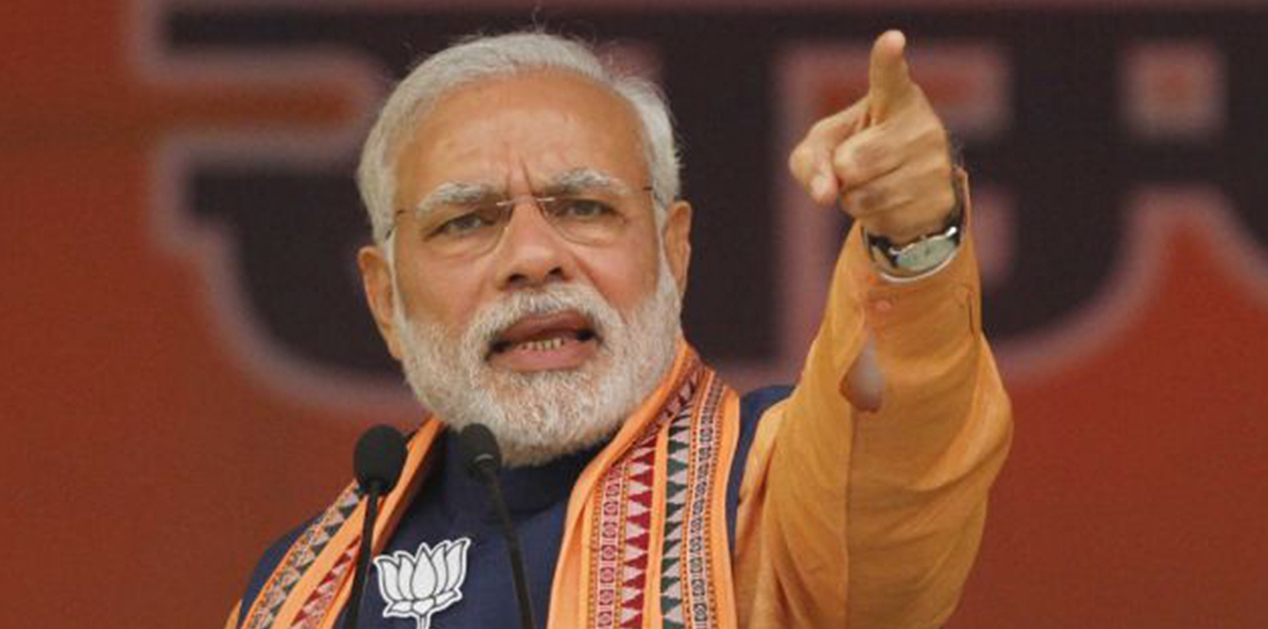
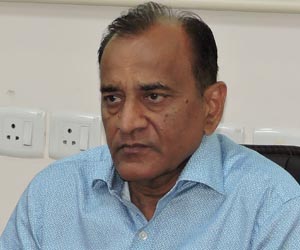


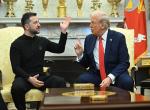

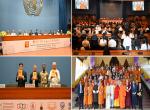
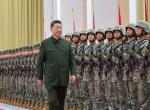
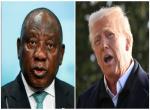

Post new comment